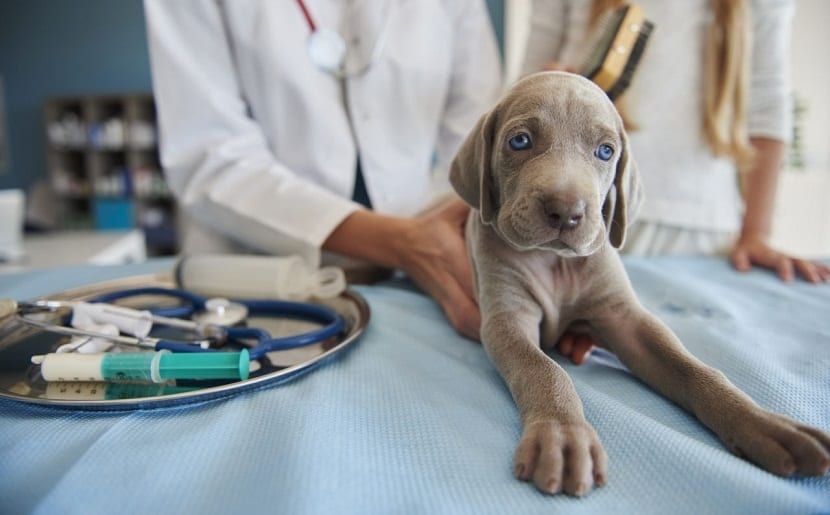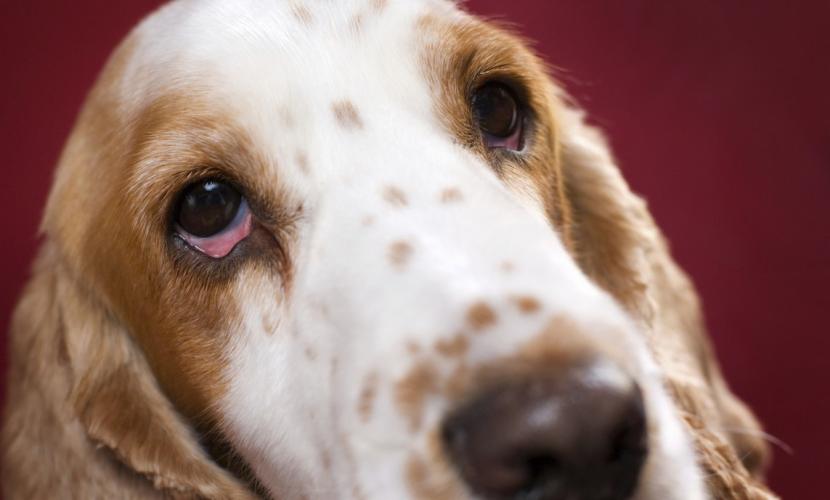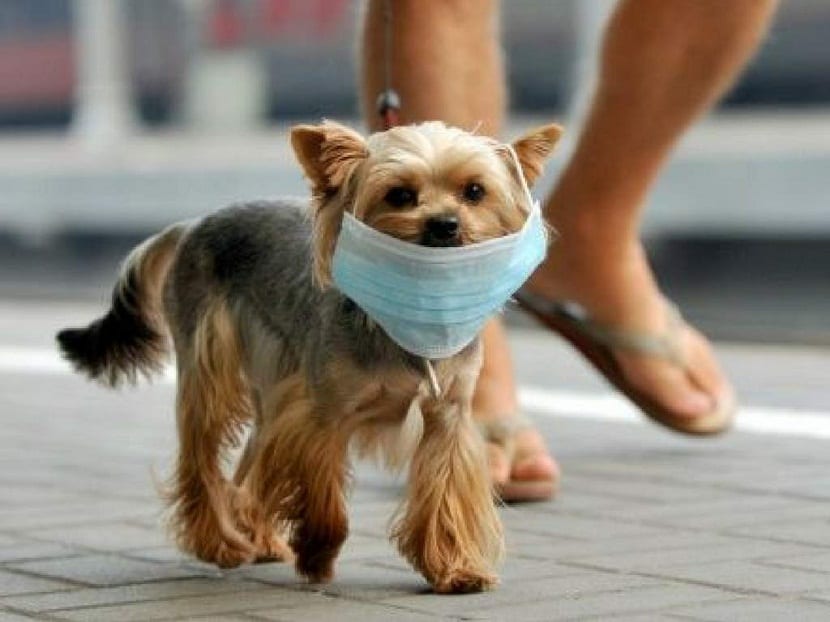
Hemophilia in dogs a clotting deficiency that results in excessive bleeding. Some precautions should be taken to avoid any injury to the dog, with transfusions being necessary in case of repetitive bleeding or during surgery if necessary.
Hemophilia is an inherited disease that affects the vast majority of male dogs, being the females the carriers of this genetic defect and therefore the transmitters of this disease.
PREMIUM QUALITY
Some breeds are more predisposed than others to contract this disease, and affected dogs must be removed from their offspring at the first presence or knowledge of it. We must know that also There have been cases in cats, although in most of these the diagnosis is obviated.
There are two types of hemophilia in dogs, type A and B hemophilia, it all depends on the gene involved. Malfunctioning blood clotting causes bleeding, being difficult to stop it. The same happens to humans who suffer from it, in this case men are the most affected.
What signs and symptoms are there in hemophilia?
The clinical signs are variable and do not require routine treatment, apart from injury followed by bleeding. In some cases the symptoms may also be totally absent. The most severe forms occur at a very young age, and the most severe forms of hemophilia in adulthood always have a poor prognosis.
The symptoms of hemophilia in dogs are varied, repetitive bleeding, bleeding under the skin, bruising during the injection of a vaccine, bleeding during the growth of teeth, bleeding from the nose, presence of blood in the stool or urine, etc. Signs that go unnoticed, especially when they involve internal organs, for example the respiratory tract, put the animal's life at risk.
If hemophilia is suspected, the vet will use specific tests to determine and clarify the diagnosis. There is also a disease, la von Willebrand disease, which occurs mainly in the Doberman breed and is similar to hemophilia.
What treatment is the most suitable for hemophilia in dogs? There is no cure for hemophilia. In some cases the veterinarian will recommend the administration of coagulants or also a treatment based on vitamin K to try to counteract the effects of the disease.
Before any sign of illness in our dog, we must go to the vet as soon as possible. This will give its diagnosis and determine the most indicated treatments for the animal. With a hemophiliac dog, it will be necessary to take precautions in daily life, in fact, they will be careful so that it does not injure itself. Attention should also be paid to other dogs or animals so that there is no possibility that they are at risk of being bitten or scratched.

What is type A hemophilia in dogs?
Type A hemophilia is the most classic form in dogs. It is due to a deficiency in a coagulation factor (factor VIII) and results in more or less significant bleeding in the young animal. Hemophilia is a sex-related inherited disease and more specifically with the sex chromosome (X). Therefore, it is essentially the males that suffer from the disease.

In addition to hereditary origin, hemophilia A can also be the consequence of a mutation «spontaneous»On the sex chromosome. In this case, the parents do not have an "abnormal" chromosome and therefore do not transmit the disease, however, this situation is rare. Given the genetic nature of the disease, it is recommended that affected animals not reproduce.
What are the clinical signs in dogs?
They can be very variable, but the most common are bleeding or bruising. Some affected dogs may have no clinical signs at any time in their life. In a large number of cases, the signs are inconspicuous and they do not require special treatment, except in case of injury followed by bleeding.
On the other hand, the most severe forms occur at a young age. Bleeding can occur spontaneously in any organ, the clinical signs will largely depend on its location. If bleeding occurs in the joints or muscles, there may be lameness. They can also appear during the loss of milk teeth (4 to 6 months). Fresh blood can then flow from the puppy's mouth.
Bleeding may be present only during surgery (castration, for example) and may look like a cutaneous hematoma or scrotum. The most dangerous hemorrhages are those that involve internal organs and the clinical signs are usually frustrated or go unnoticed, putting the dog's life at risk and can be caused by having the low platelets. The diagnosis of hemophilia A is based on the determination of clotting factor VIII in the dog's blood. Completion of a complete coagulation evaluation can exclude other more common causes of bleeding such as anticoagulant rodenticide poisoning.
There is currently no specific treatment to combat hemophilia A in dogs. Treatment is therefore mainly conservative. In some cases, blood transfusions may be necessary for major bleedingFor this reason, it is advisable to carry out a blood group of any dog with hemophilia A.
A study carried out in the United States by David A. Wilcox in 2013 reported the treatment of three dogs with severe hemophilia A by injecting a genetically modified viral vector (carrier of the defective Factor VIII gene) in your blood cells. Two of the three dogs were able to produce enough factor VIII to stop the bleeding for 30 months. This work is likely to lead to practical applications in humans and dogs in the near future.
What are the preventive measures to implement?

In dogs with hemophilia it is essential to prevent bleeding. The dog must live in an environment where the risk of injury is reduced, without suddenly playing with other dogs, cats or children. Before any consultation (even for a single injection), the vet should always be informed.
The hemophilic male dog still has a faulty gene on his X chromosome. Must not reproduceOtherwise all their young will carry a faulty gene (but they will not be sick). In the male dog, the defective gene comes from its mother (except in the rare case of spontaneous mutation). Therefore, it will be necessary to remove the mother from the reproduction and trace all her descendants. There will be some sick sons and some surrogate girls.
